No article found or not published for this site.
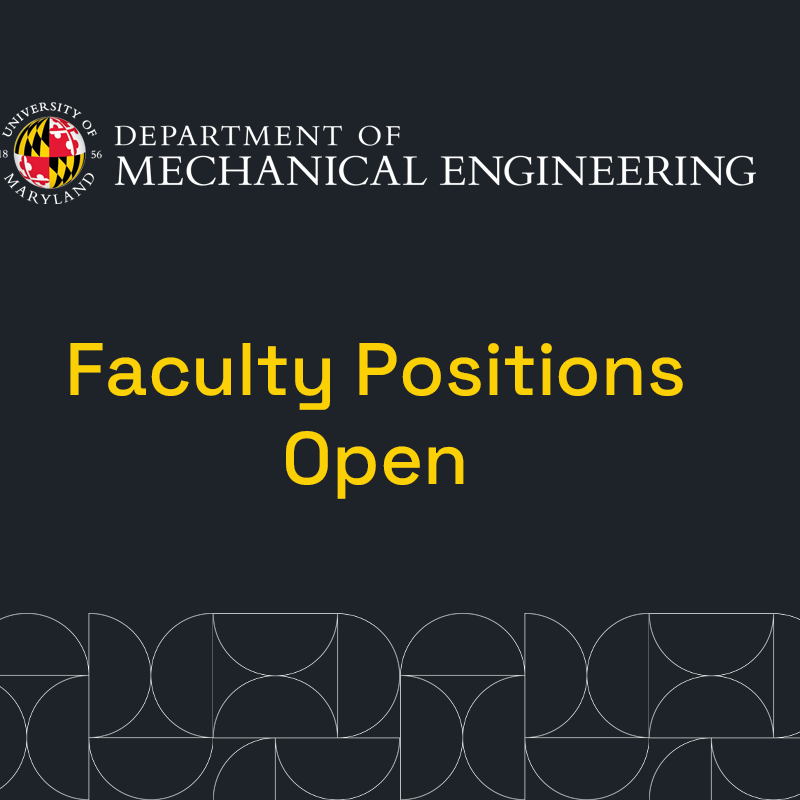
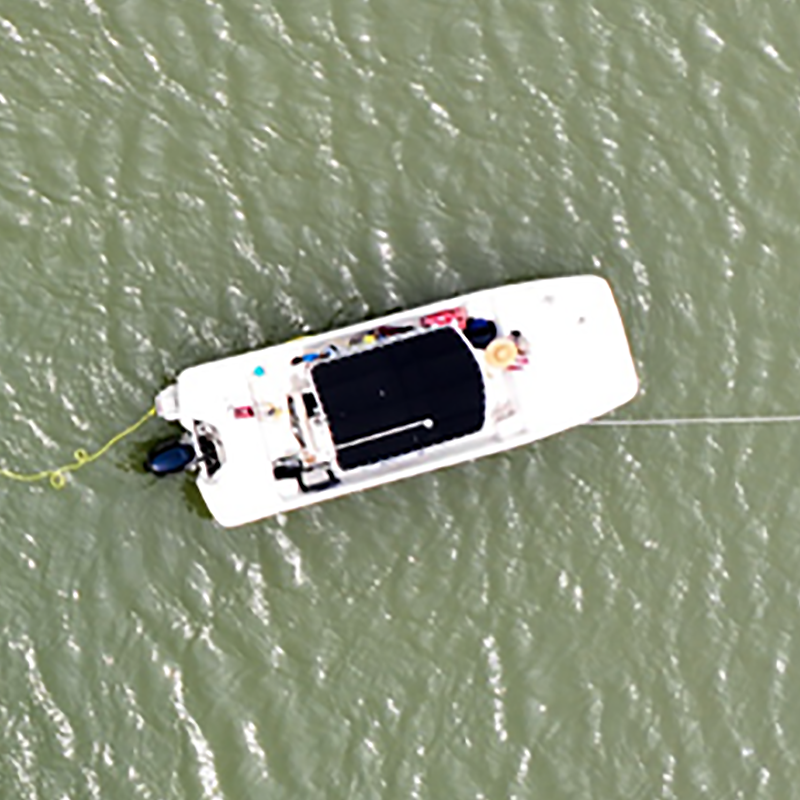
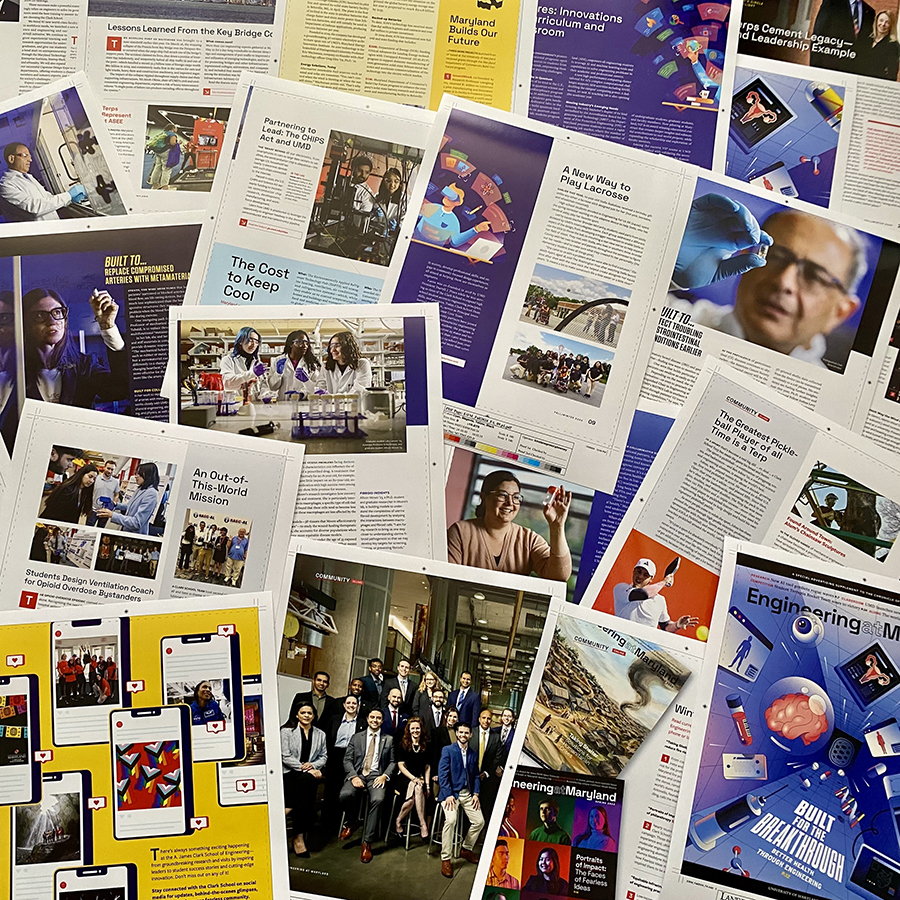
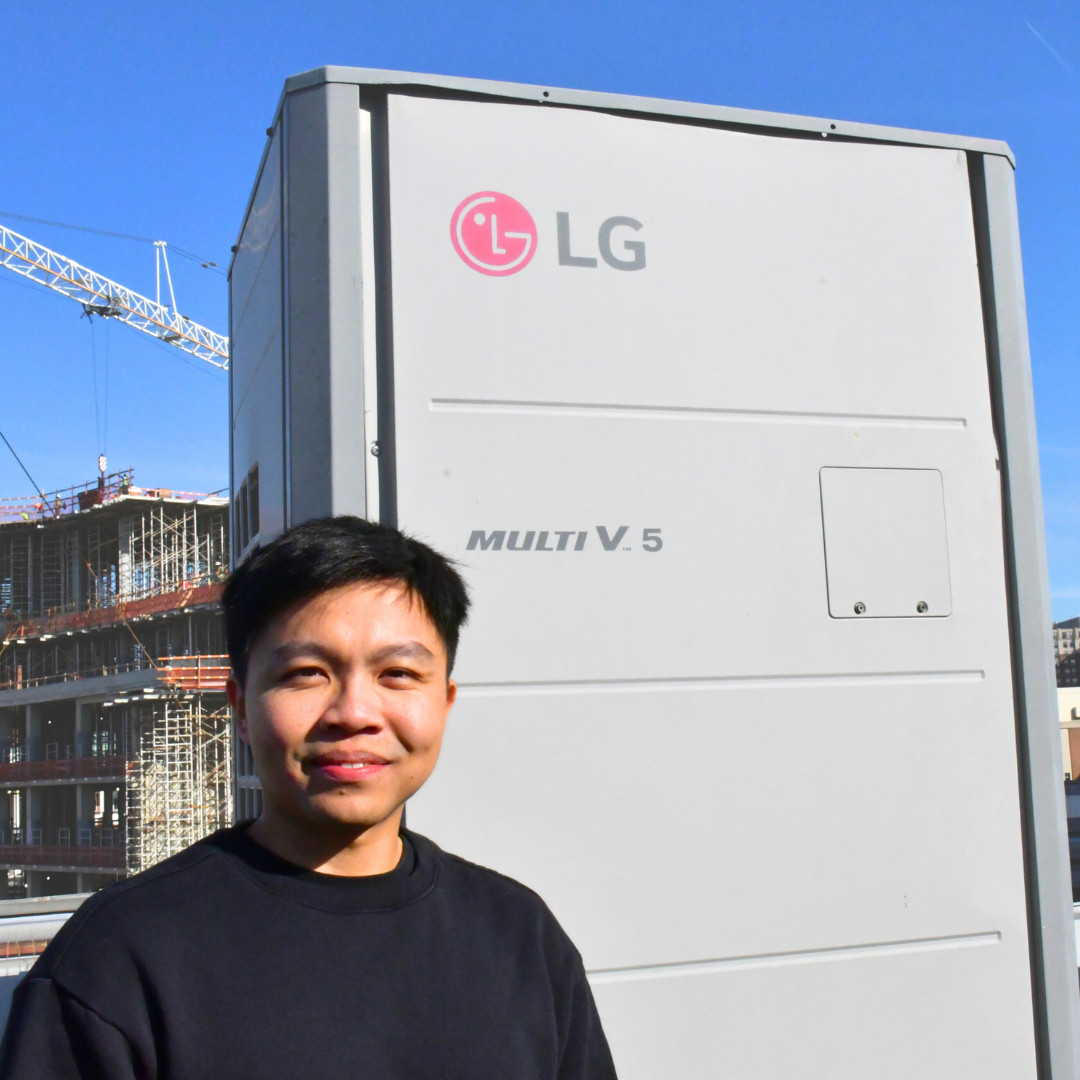

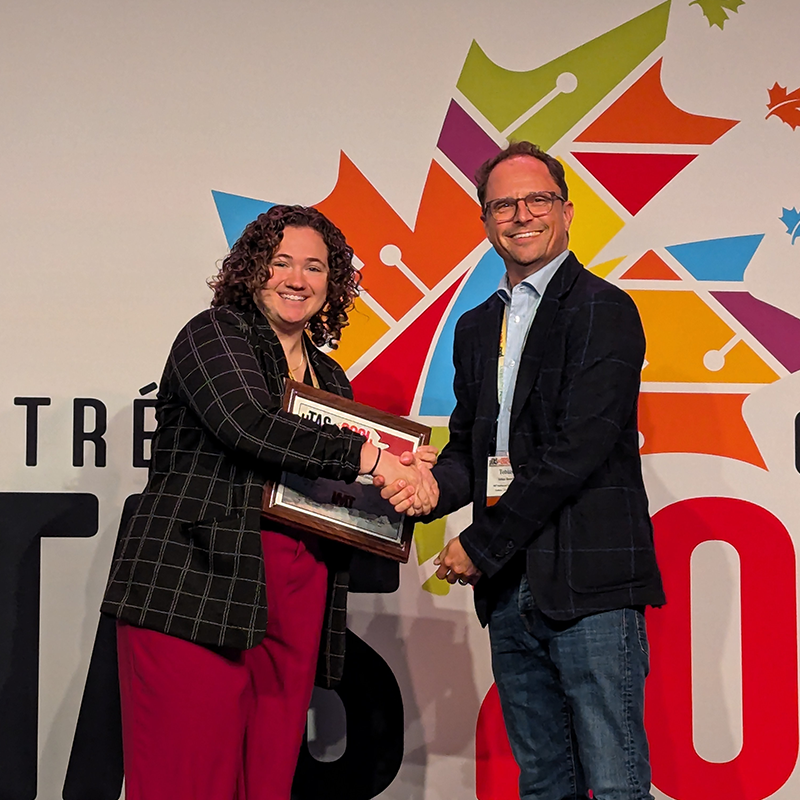
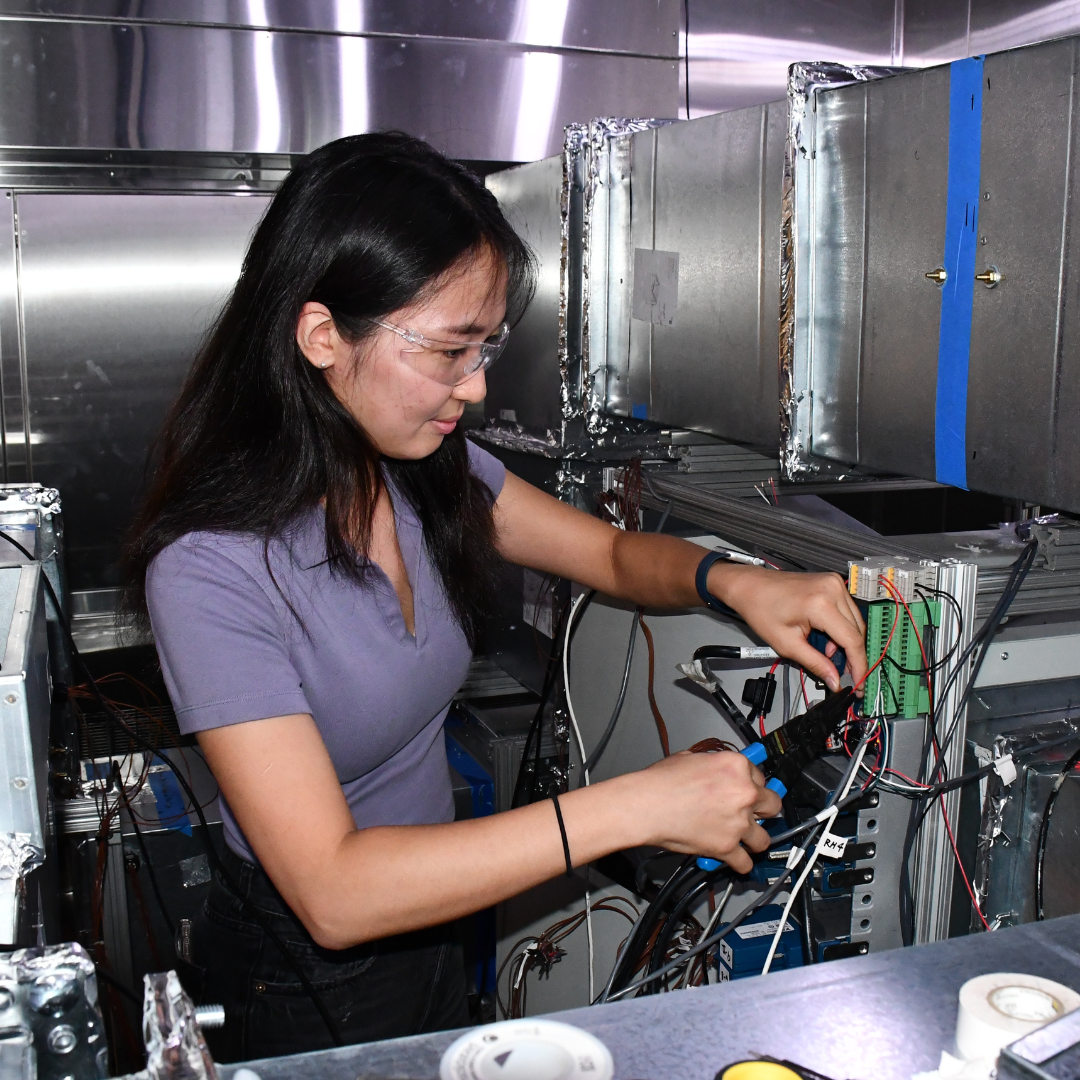
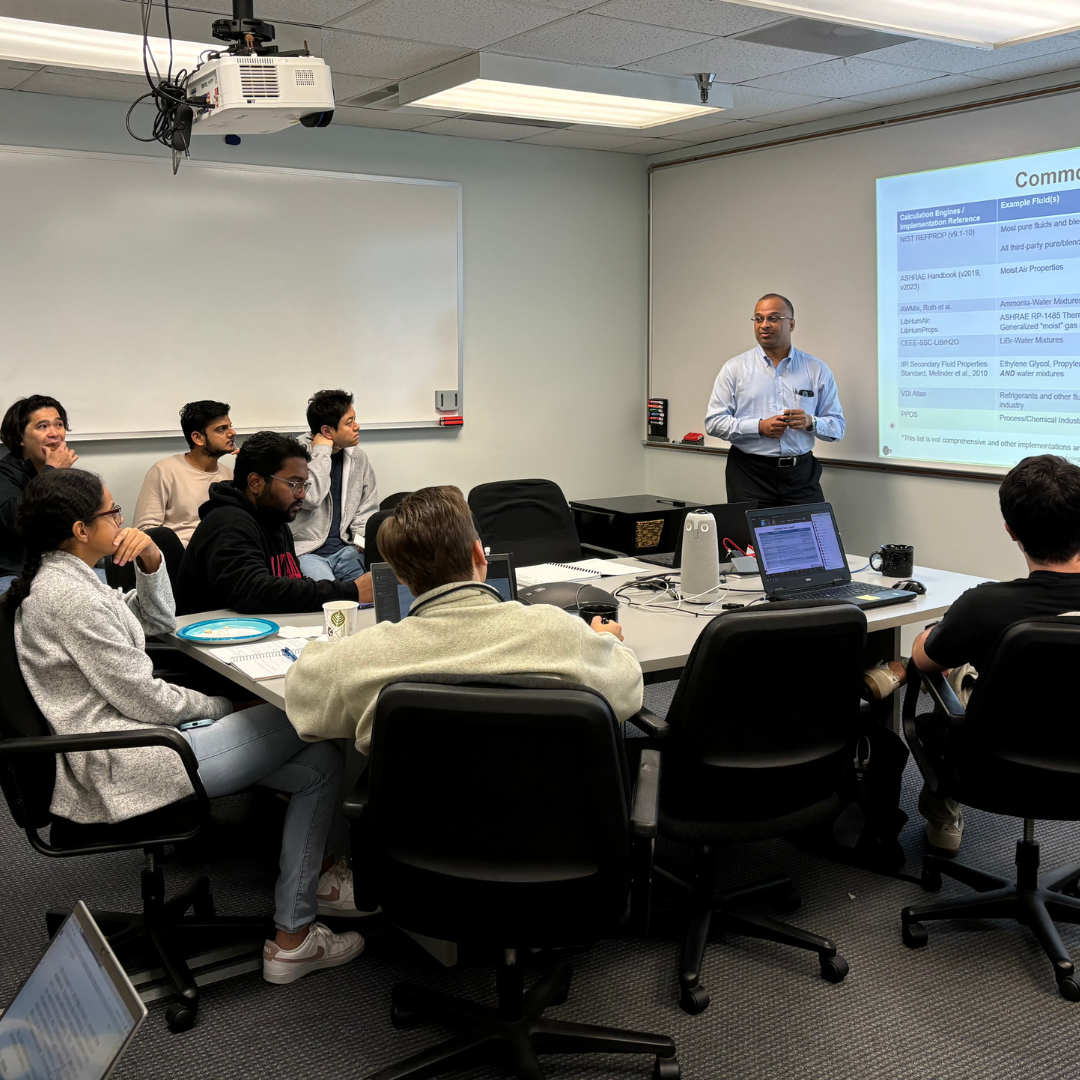
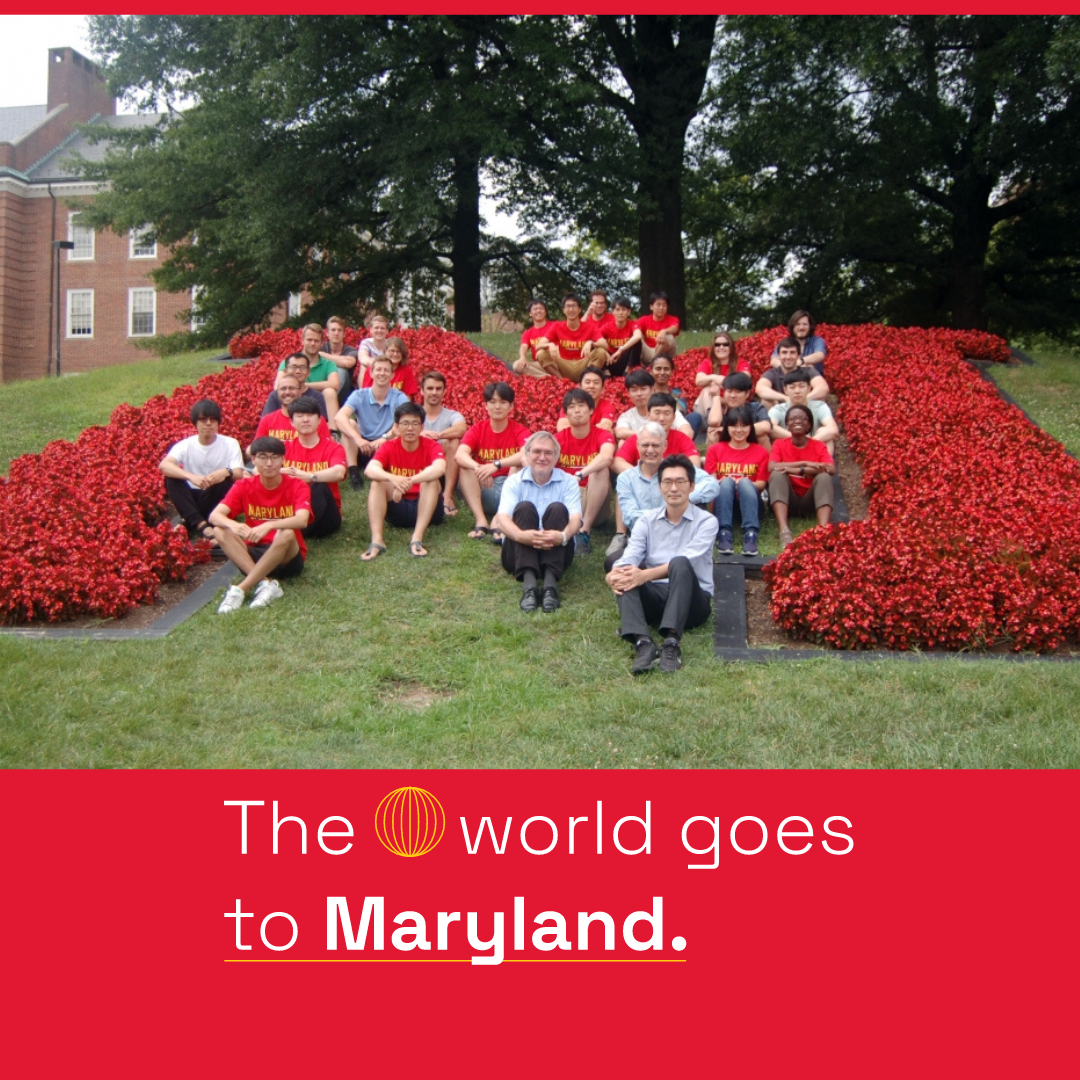
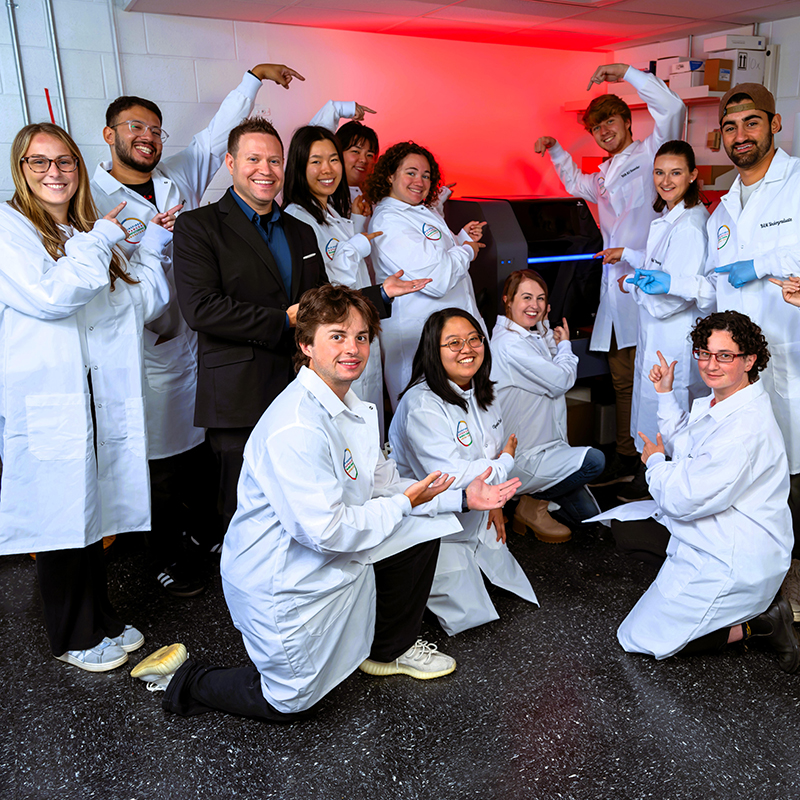
Recent Stories
Stories / Oct 4, 2024
Search Open for Full-Time Faculty Positions in Mechanical...

Stories / Nov 25, 2024
UMD Researchers Win Best Paper Award at IROS 2024

Stories / Nov 13, 2024
Maryland Engineers Take On Big Challenges in Medicine

Stories / Nov 5, 2024
CEEE Study Explores How AI Can Reduce HVAC Energy Consumption

Stories / Nov 4, 2024
Justin Di Palo: Advancing Sustainable Living

Stories / Oct 31, 2024
Colton Honored with Microfluidics on Glass Award

Stories / Oct 22, 2024
How Much Wood Could a Heat Pump Dry?

Stories / Oct 21, 2024
Jump Start Program Gives CEEE Grad Students a Boost

Stories / Oct 14, 2024
UMD to Host International Graduate Engineering Course on...

Stories / Oct 8, 2024
State-of-the-Art 3D Nanoprinter Now at UMD
